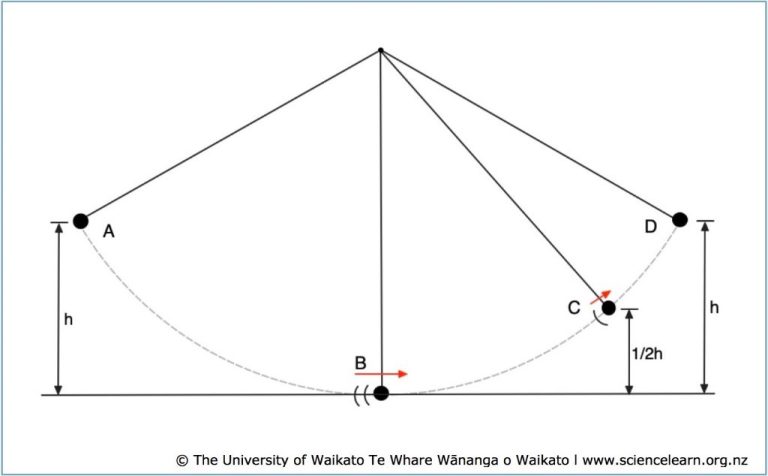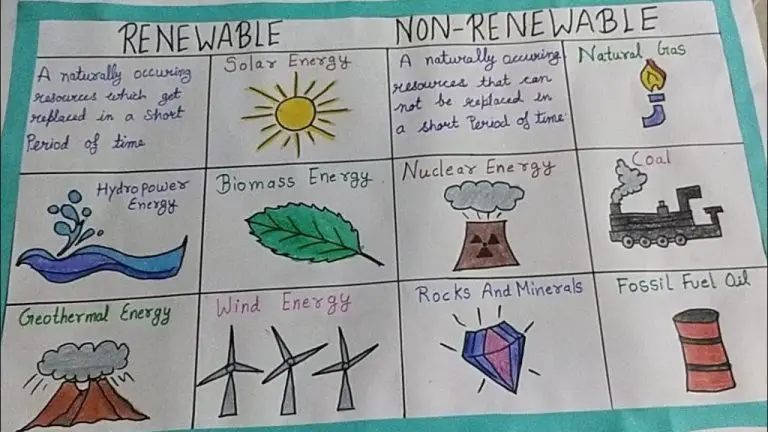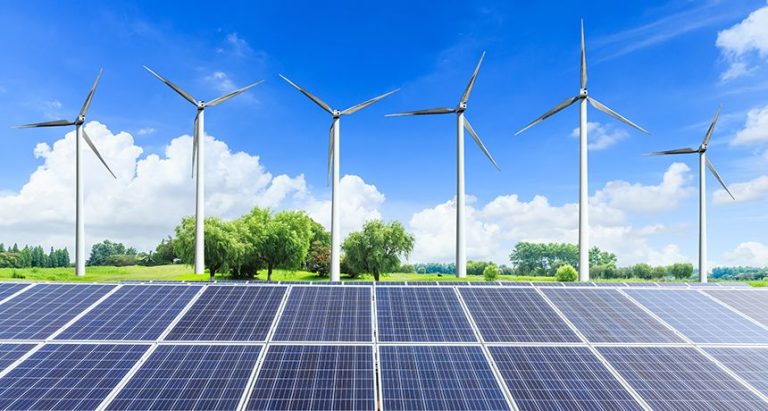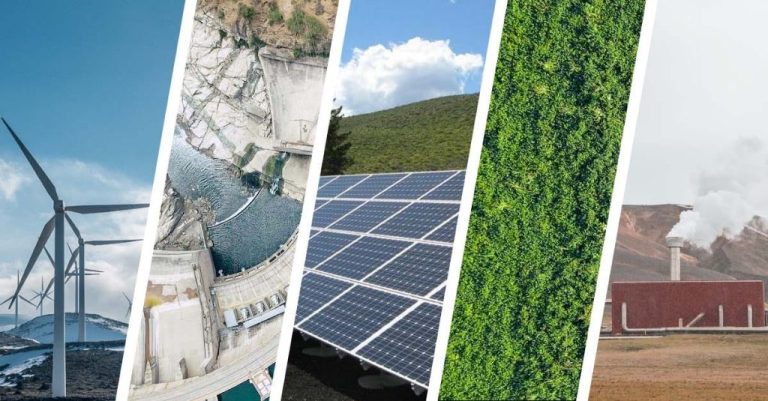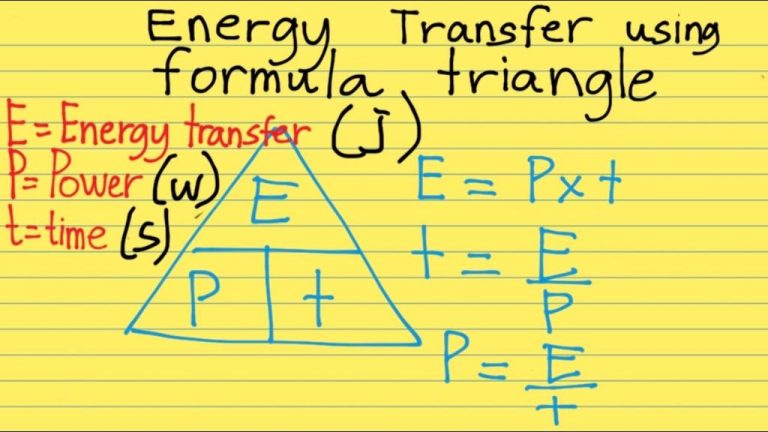Why Renewables Are The Future?
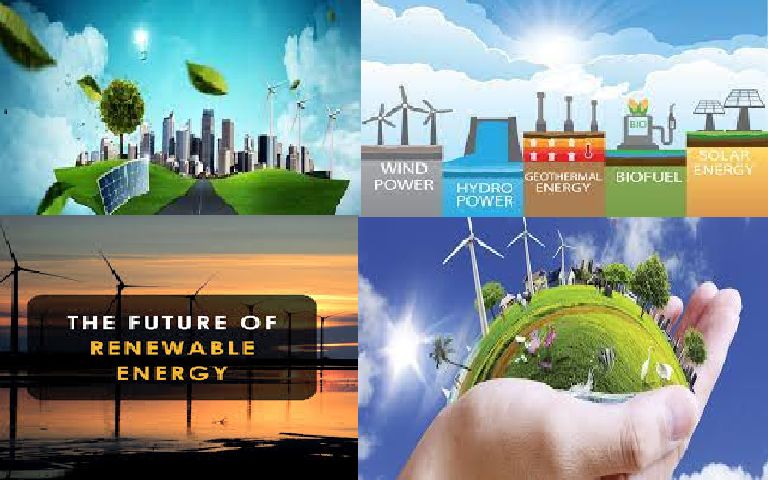
With the rising threats of climate change, it has become more crucial than ever to transition our energy systems away from fossil fuels and towards renewable sources. Renewable energy, generated from natural and inexhaustible resources like sunlight, wind, water, plants, and geothermal heat, offers a sustainable solution to meet our ever-growing energy demands while reducing greenhouse gas emissions. In fact, according to the International Energy Agency (IEA), renewables accounted for over 42% of global electricity generation in 2028, with wind and solar PV doubling their share to 25% (IEA). The future clearly points towards renewables taking over as dominant energy sources globally.
Declining Costs
Over the past decade, the cost of renewable energy, particularly solar and wind, has decreased rapidly. According to the National Renewable Energy Laboratory, over the last 10 years the cost of solar photovoltaic (PV) modules has declined by over 90%, from around $2.50 per watt in 2010 to around $0.25 per watt today.[1] An entire utility-scale solar PV system now costs around $1 per watt, compared to $12 per watt in 2002.[2]
The cost reductions for wind turbines have been similarly impressive. According to the U.S. Department of Energy, the price of wind energy fell by 69% between 2009 and 2020.[3]
As a result, in many parts of the U.S., building new renewable energy is now less expensive than operating existing coal and gas plants. The declining costs of renewables give them a competitive edge in the market.
Job Creation
Renewable energy is creating more jobs worldwide than fossil fuels. According to a recent report, clean energy and energy efficiency create more jobs at comparable wages than continued fossil fuel extraction. In the US alone, clean energy jobs now outnumber fossil fuel jobs nearly 3-to-1, with over 3 million Americans working in clean energy compared to around 1 million working in fossil fuels.
The renewable energy sector is experiencing tremendous growth and job creation. The International Energy Agency estimates that the renewable energy sector created over 500,000 new jobs globally just in 2019. Countries like the US, China, India, Brazil and members of the EU are leading this job growth as they rapidly expand their renewable energy capacity.
Fossil fuel jobs, on the other hand, are declining as countries transition away from coal, oil and gas. Renewable energy is poised to create many more well-paying jobs worldwide as costs continue to fall and adoption rises.
Energy Independence
Renewable energy sources like wind and solar allow the United States to produce energy domestically rather than relying on imported fossil fuels. This reduces our dependence on foreign oil and increases energy security. According to the Department of Energy, the U.S. can achieve “energy independence and security by using renewable power” (source).
With renewables, the U.S. doesn’t have to worry about volatile fossil fuel prices or unstable foreign suppliers. Solar and wind power utilize free and abundant domestic energy sources. The more we tap into these homegrown renewables, the more energy independent we become. As John Bowman of NRDC writes, clean energy is “key to real energy independence” by reducing the need for imported oil (source).
Environmental Benefits
Generating energy from renewable sources produces no greenhouse gas emissions from fossil fuels and reduces certain types of air pollution compared to conventional energy sources like coal, gas and oil. According to the EPA, the use of renewables like solar, wind, geothermal and hydropower helps lower emissions of carbon dioxide (CO2), nitrogen oxides (NOx), sulfur dioxide (SO2) and particulate matter which lead to smog, acid rain and health issues [1]. The Union of Concerned Scientists also notes that utilizing renewables assists in combating climate change as they produce little to no global warming emissions [2]. The United Nations highlights that renewable energy sources emit negligible greenhouse gases compared to fossil fuels, helping address the climate crisis [3].
Grid Resiliency
Renewable energy improves grid resiliency and reliability in several ways. Distributed renewable energy sources like rooftop solar panels and small-scale wind turbines provide electricity locally, reducing strain on the centralized grid during peak demand times. This distributed model limits the impact of grid disruptions and power outages, since communities can generate their own power if part of the grid goes down. According to the National Renewable Energy Laboratory (NREL), “Creating the Grid with high levels of renewables requires a resilient grid — one that can sense, anticipate, and quickly respond to disturbances or disruptions.” 1 The NREL has found that a distributed renewable grid is inherently more resilient, as it has many decentralized points of generation rather than a few large centralized plants. Renewables can also be paired with energy storage like batteries to provide backup power. Overall, transitioning to renewable energy improves resilience by diversifying our electricity sources across technologies and locations.
Public Support
There has been broad public support for expanding renewable energy in the U.S. according to recent polls. A 2023 Pew Research poll found 82% of Americans favor more solar panel farms and 75% favor more wind turbine farms see source. In 2022, 69% of Americans said the more important energy priority for the country should be developing renewable energy sources according to Pew see source. A poll by Clean Power found 80% of Americans believe clean energy is as reliable or more reliable than traditional sources, with a majority supporting transitioning away from fossil fuels see source. The polls indicate most Americans support expanding renewable energy production and transitioning away from fossil fuels.
Market Growth
Renewable energy has become the fastest growing energy source globally, with new research showing the renewable energy market size was $970 billion in 2022 and is projected to reach over $2 trillion by 2032. The market is forecast to grow at a compound annual growth rate (CAGR) of 9.5% during this period as costs continue to fall and more nations prioritize renewable generation.
According to projections, the global renewable energy market will reach nearly $2 trillion in revenue by 2030, representing a CAGR of 8.4% from 2021-2030. Key growth drivers are supportive government policies, rising investments, and the declining cost of renewable technologies like solar PV and wind. Asia-Pacific in particular is expected to see rapid growth at a CAGR of 10.4% through 2030.
With strong growth already underway and expected to continue in the coming decades, renewables are firmly established as the future of energy generation worldwide. Market analysis shows great potential for continued expansion of solar, wind, hydroelectric and other zero-emission technologies.
Technology Improvements
The technology behind renewable energy sources like solar and wind has improved dramatically in recent years. Some key innovations are making renewables cheaper, more efficient, and better able to meet energy demands.
For example, improvements in photovoltaic materials and solar panel designs have led to major gains in efficiency and cost reductions (Advancements in Renewable Energy Technology). Novel thin-film materials and multi-junction solar cells can absorb more sunlight and convert it to electricity. Meanwhile, tracking systems maximize solar capture throughout the day.
Advances in wind turbine technology have also boosted performance. Larger rotors, taller towers, and optimized blade shapes allow modern wind turbines to capture more wind energy. Lightweight materials, sensors, and control systems have further improved efficiency and reliability.
Beyond generation, progress in energy storage and smart grid technologies is enabling greater grid integration of renewables. Battery storage systems can store excess renewable energy when supply exceeds demand. Smart grid technologies allow better coordination of supply and demand across the grid (Shaping the Future: Emerging Technologies in Renewable Energy Projects).
With continuing declines in storage costs, increased deployment of storage and smart grids will support growth in renewable energy. These technologies are key to overcoming intermittency issues and managing two-way power flows on an increasingly decentralized grid.
Conclusion
In summary, renewable energy technologies like solar and wind have seen dramatic cost declines over the past decade, making them cost-competitive with fossil fuels. Renewables create more jobs per unit of energy than fossil fuels and can provide greater energy independence and security. They produce little to no greenhouse gas emissions, improving public health and mitigating climate change. High renewable penetration improves grid resilience and infrastructure. Polls show strong public support across the political spectrum for increasing renewables. Global investment and installations continue exponential growth as costs fall further. Ongoing R&D leads to further efficiency gains. For all these reasons, renewables represent the inevitable future of energy production. The transition is economical, feasible, and urgently needed.


